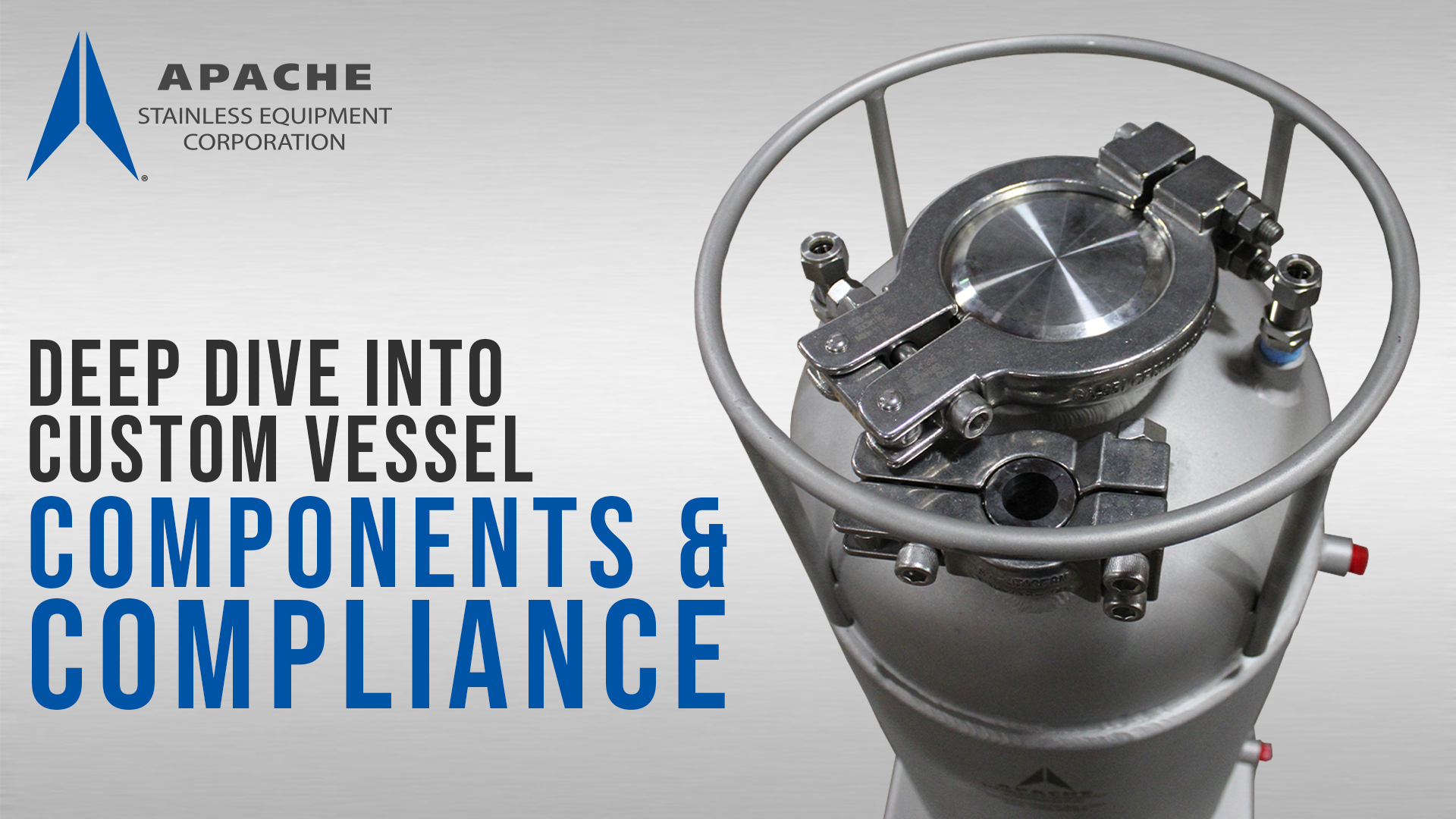
In the e-book, “Road Map to ASME Submission“, we highlighted project engineering steps to ASME compliance for custom vessels, starting with the crucial first step of the customer consultation. The technical sales team learns information about the vessel, the industry, and the process that the vessel will serve. Answers to our inquiries will allow us to recommend design attributes that the customer or engineering firm may not know this early in the design and vessel selection process. This discovery is significant in the absence of a formal specification package.
Essential items that we like to discuss at this stage are:
- Does the vessel(s) require any certifications regarding pressure, such ASME, PED or CRN?
- Will the vessel be used for a sanitary or high-purity application?
- What is the intended purpose that the vessel will serve?
- Are there space constraints that will affect the vessel’s sizing (s)?
Fixtures and fittings are also part of the initial vessel project consultation. When learning about the vessel’s intent, we want to define what process connections (or nozzles) are required, as well as the service for each nozzle. With this information, we can select the type of nozzle to incorporate and start to pre-plan the general layout and placement of the nozzles. For custom ASME vessels, the nozzles that we use must be compliant-driven and support the pressure/temperature rating of the vessel. Depending on the type of nozzle, we can determine pressure/temperature ratings by performing a proof test or ASME calculations.
When there is an ASME custom vessel expert on one line and a knowledgeable processor on the other line, great results happen. We recently designed a vessel for a customer that incorporated a 22″ diameter manway that serves as their vessel’s top head.
Using a manway as the top head allows for full access to the inside of the tank for ingredient and component addition and cleaning. This customer explained that ergonomics is critically important to their workforce, specifically when opening and closing the manway. Typically spring assist mechanisms are added to manways to help reduce the effort required to open manway covers. A spring-assist does this well, but it does not provide much dampening while closing or any protection against an operator closing the hinged cover onto their hand. Apache worked with an industry partner to incorporate a new product that uses gas-charged cylinders to reduce the lifting effort to open the manway cover, as well as provide dampening and pinch protection while closing the cover. Incorporating this device into our vessel was quickly approved and very much appreciated by our customers. The vessel’s success was a result of starting with the right questions and the right time.
Apache Stainless Equipment Corporation has been ASME-certified for over 40 years. In addition to ASME, Apache is also accredited in many other global standards.
